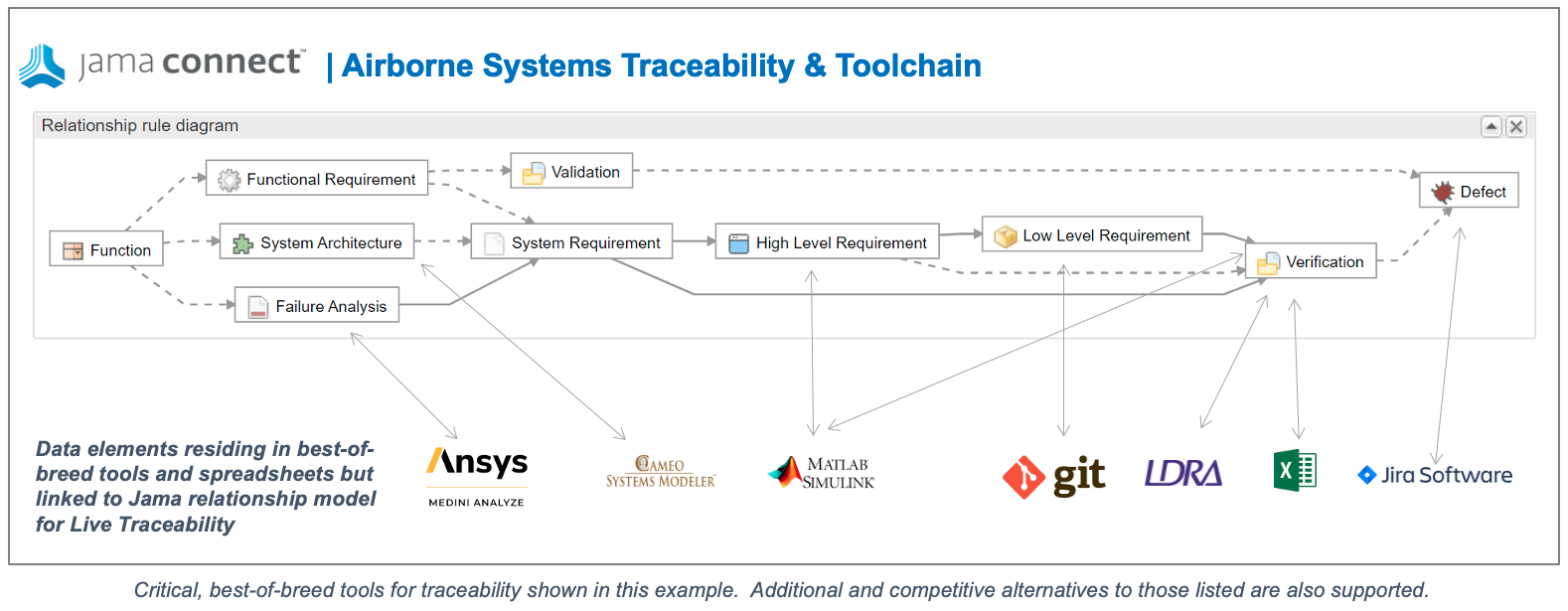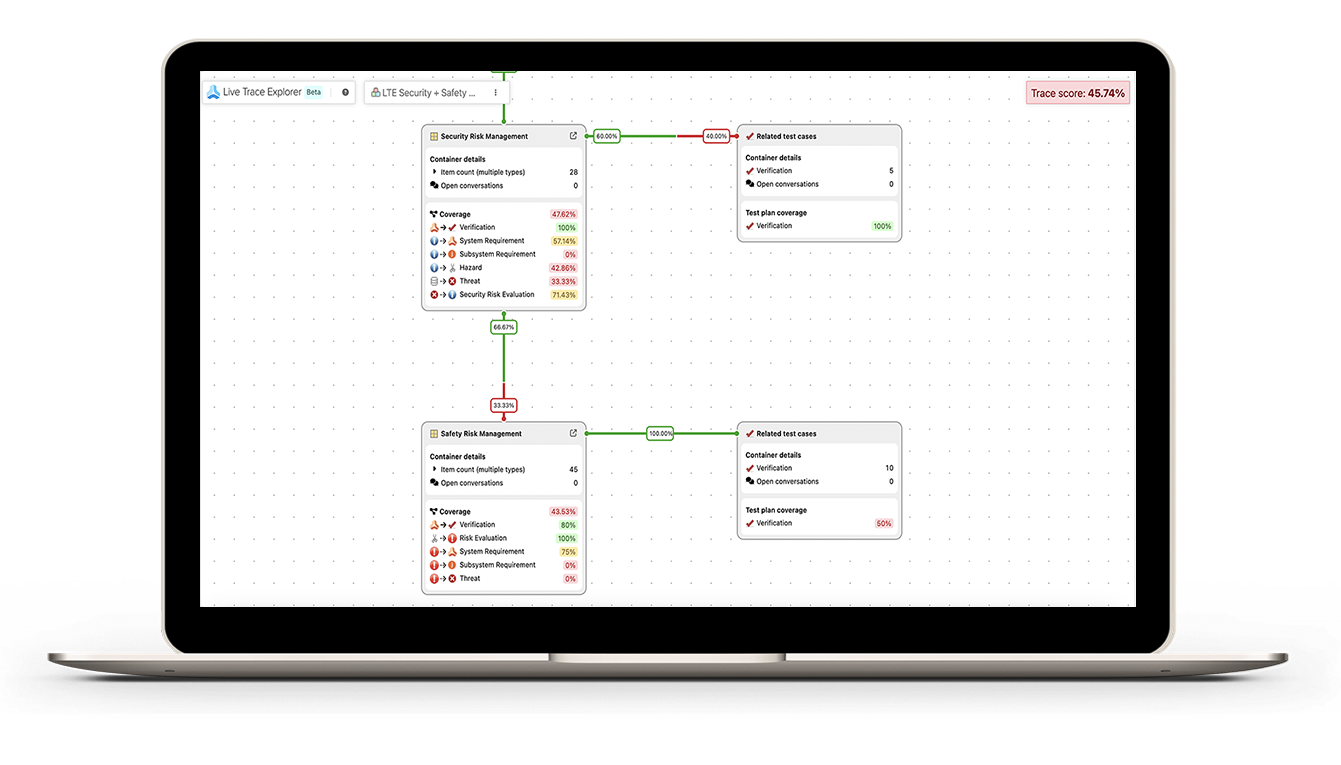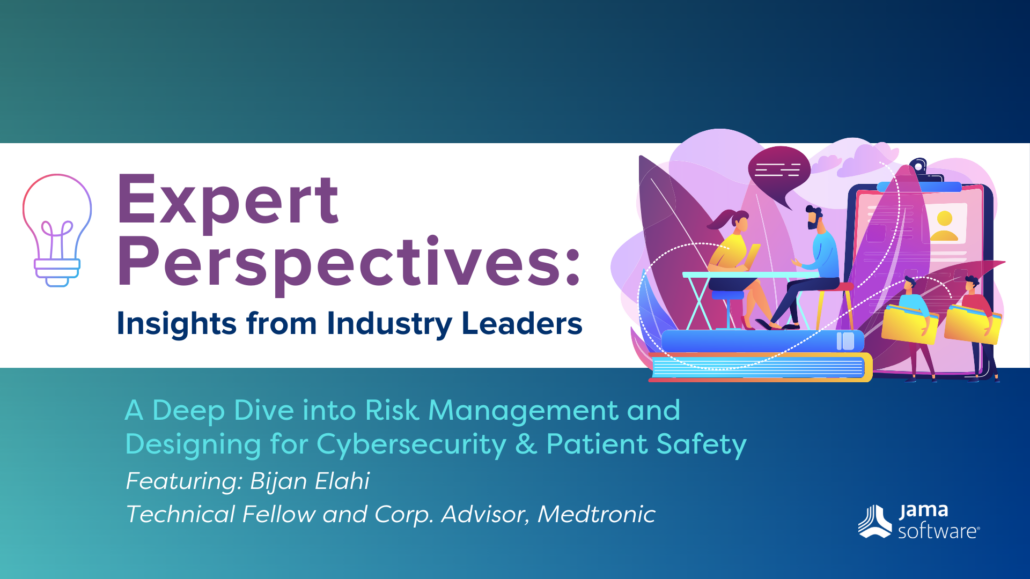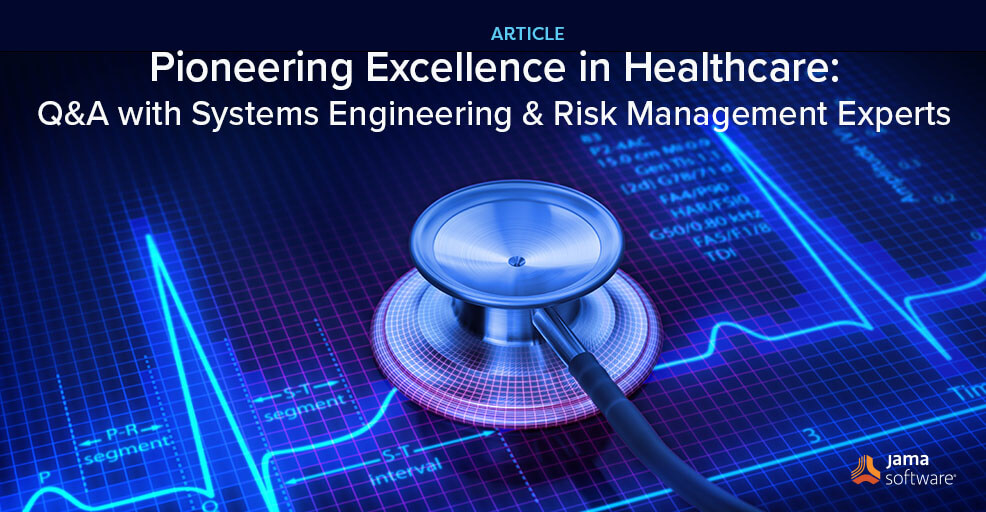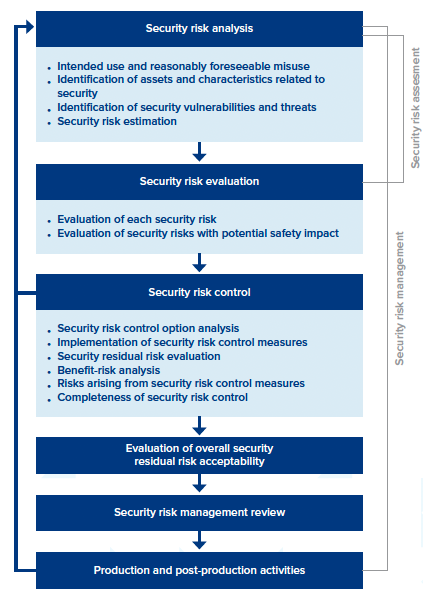
This blog recaps our recent webinar, to watch the entire presentation, visit “How to Write Unambiguous Design and Development Inputs and Meet ISO 13485 Requirements”
Write Clear Design Inputs: A Practical Guide to ISO 13485 Compliance
In the medical device industry, the clarity of your design and development inputs is vital. Unclear or conflicting requirements can slow down development and make it harder to meet regulatory expectations. This session offers practical guidance to help ensure your design inputs are clear, complete, and fully aligned with ISO 13485 standards.
In this webinar, industry expert Peter Sebelius, CEO and Trainer at Medical Device HQ, shares proven strategies for writing effective requirements. Discover how to avoid common mistakes and build a strong foundation for compliant, successful product development.
Key Takeaways:
- Identify and steer clear of the most common mistakes in requirements engineering, using real-world examples.
- Learn straightforward techniques to make your requirements clear and organized.
- Put proven patterns to work so your documentation is complete, audit-ready, and easy for all stakeholders to understand.
- Understand ISO 13485 expectations so your design inputs are unambiguous, verifiable, and consistent.
Walk away ready to write clear requirements and robust design inputs that stand up to ISO 13485 audits and set your team up for development success.
WEBINAR VIDEO PREVIEW BELOW – CLICK HERE FOR ENTIRE PRESENTATION
Tom Rish: Thank you for joining us today with today’s webinar on How to Write Design and Development Inputs. We’re very excited for today’s speaker, Peter, and I’ll give you a proper introduction to him here in a few minutes, but I want to cover a few housekeeping things about the webinar platform.
First off, my name is Tom Rish. I’m the head of vertical marketing for the medical device and life sciences group at Jama Software. I’m very excited to introduce our speaker, Peter Sebelius. Peter is one of those rare people who can take something very complex like medical device regulations, product development, and make it understandable. He’s a highly respected trainer, consultant, and entrepreneur in the medical device industry. And one of the most exciting things for all of us here is he’s a member of the joint working group that authored the latest versions of ISO 13485 and ISO 14971 standards. So you don’t get very many chances to interact with somebody who has that much influence on the regulations.
One of the things I love most about Peter is he’s known for his clear no nonsense explanations, very practical teaching style. I think one of my favorite things is to find a post on LinkedIn that I sometimes think, “Oh, I don’t know if I fully agree with that.” And usually if I go to the comments section, I see Peter there correcting it and I always enjoy reading those. He speaks for what’s true and that’s great in this industry.
His focus areas are design controls, requirements engineering, risk management. I’ve actually had a chance to take one of Peter’s courses myself in the past. It was the risk management course and I’m very grateful for that. I was about years into my career, actually. I wish I would’ve taken it earlier. Many of you in this industry, if you’re like me, had a bunch of binders plopped on your desk on your first day and said, “Read through these regulations.” And unfortunately, that doesn’t really teach you enough about what you need to do to do things right. That risk management course was amazing and I learned a lot about how to do it the right way. If I was leading a new medical device project right now or had a team of people, whether young or old, I highly recommend taking some of Peter’s courses.
And on that, his courses, Peter is the founder of Medical Device HQ, which is this company that we’ll hear more about on the next slide. And Peter has a great team behind all of the training courses that they deliver. What makes them stand out specifically is they’re created by ISO and IEC standards committee members, so very impressive, important people providing practical application, not just the theory behind it, which I think so many of us get exposed to, but actually how to do it. They offer fantastic resources in the form of articles and YouTube videos. Check out their YouTube channel. If you go to YouTube, it’s just Medical Device HQ. Their training cover a lot of topics ranging from design controls, requirements engineering, risk management, usability. I know I’ve seen the ISO 13485 on quality systems as well. So there’s a training for about everything. You can do it online, you can do it in blending formats with live classroom sessions or even through your company’s LMS. We’ll include a link to all of those courses in their website and a follow-up email after this webinar.
So with that, I’d like to hand it over to Peter. And thank you for being here, Peter. We’re excited to learn more from you.
RELATED: Buyer’s Guide: Selecting a Requirements Management and Traceability Solution for Medical Device & Life Sciences
Peter Sebelius: Thank you so much for that introduction, Tom. It was a pleasure. So let’s get to it. In this session, I’ll be showing you how to write unambiguous design and development inputs and meet ISO 13485 requirements. One of my first questions to you is really are requirements important? Well, yes they are. Now, studies have shown that the root cause of a lot of nonconformity and quality problem would be poor requirements. Now, one thing about the medical device industry that makes me really sad is that many medical device organizations, they work with requirements not because they see the value in it, but because they have to. And this I would say is a general problem in our industry. Too many organizations do what’s required without knowing why and without seeing the value, it’s compliance above quality, which I think is a very sad or odd way of looking at things.
So I hope that after this webinar you will believe in the value of writing good requirements, but if you don’t and you’re entirely focused on compliance, should you then be paying attention? Well, yes you should because if you take a look at sub-clause 7.3.3 in the ISO 13485 on design and development inputs, you can see that your design and development inputs or requirements shall be complete, unambiguous, able to be verified or validated, and not in conflict with each other. Now, if you don’t know what these things mean, trust me when I say not many do, you are at risk of getting non-conformities. And luckily, for those who don’t know the meaning of these characteristics, not many auditors do either. Only in some cases are auditors likely to react if your requirements don’t fulfill these characteristics. And that is one of the reasons why I created a pretty unique course on requirements engineering for medical devices on Medical Device HQ, because I’ve seen that there are very few who knows this area in the medical device industry.
So what you will be seeing today are some highlights from this course. If you’re interested in learning more, you are obviously very, very welcome to register on the full course, which is much more comprehensive than what we are looking at today. So during my training courses, I often ask how many of the participants have participated in risk management? And then I ask, how many of you have formal training or risk management? And usually about 90% would say that they are involved in risk management and that they have some kind of training. And then I continue to ask, how many of you have been involved in writing requirements? And it’s almost as many as in risk management. Then when I ask how many have formal training and requirements engineering? And when I say training, I don’t mean read and understood. That doesn’t count. Like Tom’s reference, read all the binders. That doesn’t count as training if you ask me.
Now, what do you think happens when I ask about that? Well, it becomes very silent. It’s less than 5% who says that they have some kind of training on writing requirements. And that’s really unfortunate because writing requirements is a critical task if you want to be successful with product development and medical devices, it’s the foundation. But not only that, if you don’t know what you’re doing in this area, it also creates lots of frustration and conflicts between the team members and then you’re wasting time. And I really dislike wasting time. I think we should be bringing medical devices to market as quickly and as efficiently as we can because every new medical device should be an improvement compared to the previous ones, which means if we are wasting time, we’re depriving the public of better healthcare. And that’s unethical, believe it or not.
Now, this task, the writing requirements requires both knowledge and skill to be done correctly and successfully. Now, before getting to how to write good requirements, let me talk about two more pain points in the area of requirements engineering in the medical device industry and let me know if you agree and you recognize any of these issues in the chat. And like Tom said, we appreciate if this is interactive. So if you say yes or you’ve seen exactly this, do share it in the comments. That just makes everything nicer and more attractive. So the first pain point is that requirements end up in the wrong processes. It could be that you find design outputs together with the design inputs or you find risk controls that are documented as user needs. There are so many mix-ups, and when you try to push the various types of requirements through the wrong processes, it’s utterly confusing. It could even result in non-conformities and it will not work well. And I will come back to why.






